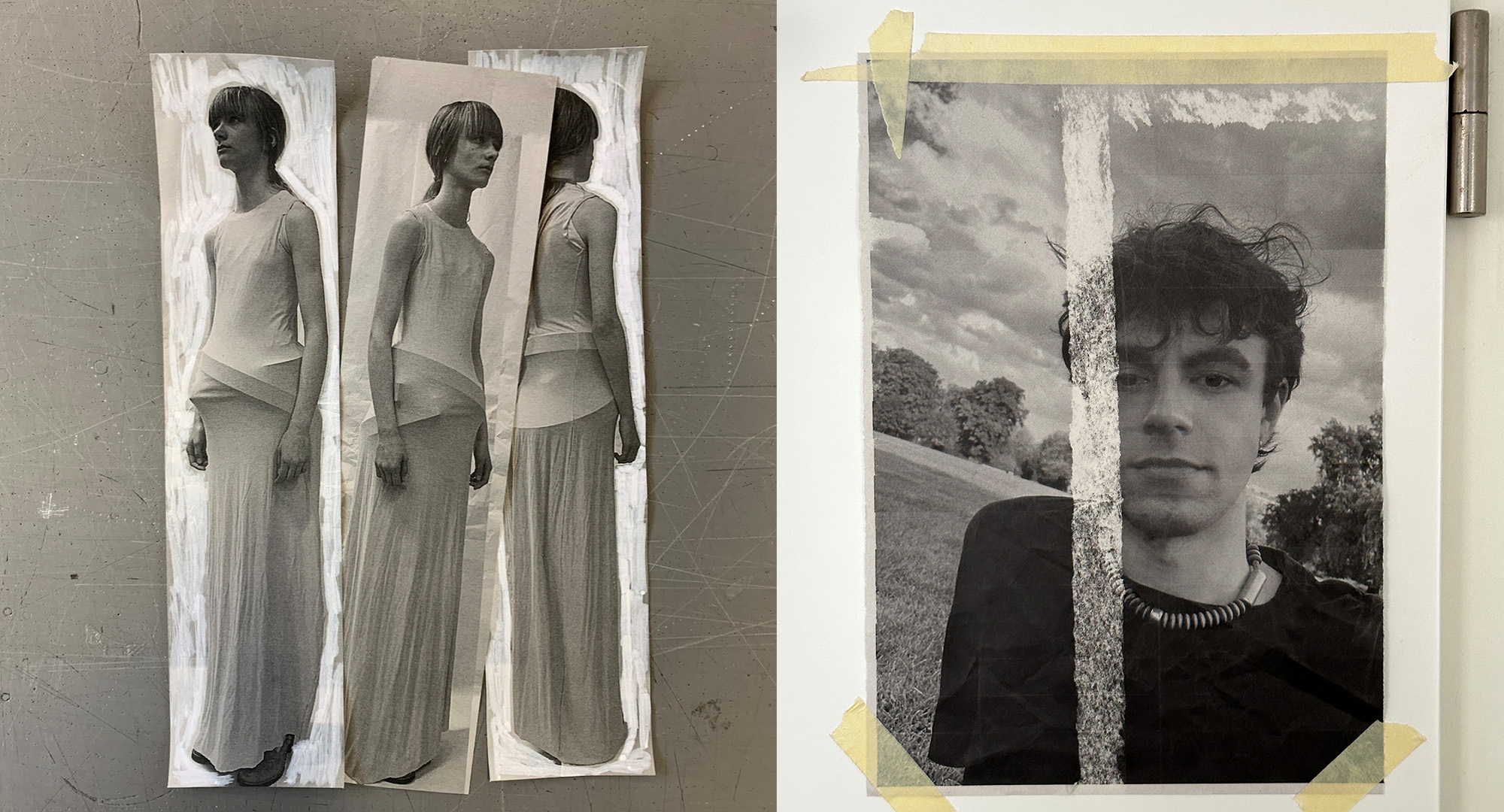Relentless technological advances are often perceived as threatening to creativity, but that doesn’t scare fashion designer Emil Dernbach.
Amidst the rush to understand how Artificial Intelligence can function alongside creativity, Emil Dernbach found the sweet spot. The German-born fashion designer and Central Saint Martins graduate skillfully marries technology and fashion.
Dernbach decided to view fashion from a digital perspective during his second year at CSM. However, he was skeptical of a purely digital process or outcome. “Instead, I wanted the digital to influence the physical,” said Dernbach. He focused on technology, such as 3D scanning, 3D sculpting, AI, and other digital manipulation tools, during the exploration for his Graduate Collection. The final outcome was entirely focused on human craftsmanship, utilizing felting, welding, and hand sewing.
“Maybe creativity doesn’t lie in the result anymore.”
Able to shape-shift and adapt to each user, AI is a surprisingly versatile apparatus. Dernbach likes to look at it as a tool whose handle molds to the shape of the user’s hand over time. He finds beauty in the newly emerging importance of “prompts”, which function as instructions for producing an output. “Maybe creativity doesn’t lie in the result anymore but in how clever or poetic you ask the AI to create something in your vision,” he said. Words and language are more essential than ever.
“Computer-made mistakes are what I found most interesting when developing the techniques for my collection and my design practice,” said Dernbach. The uncommon glitches or errors are precious in something created to be coded to perfection.
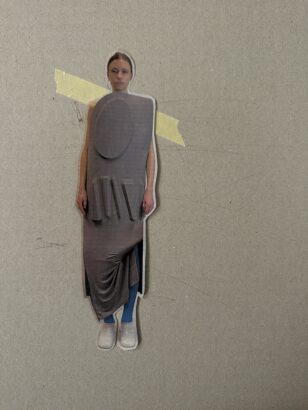
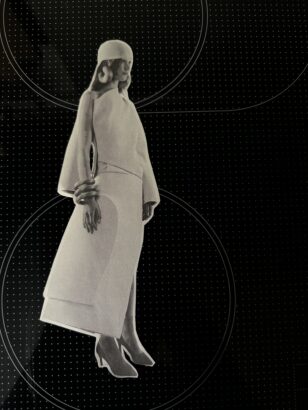
He used a 3D scanner for one project to scan his grandparents’ wardrobe. Instead of allowing time for the machine to capture all the clothes’ elements, he rushed it. The result was a collection of broken parts rather than digital replicas. He then asked an AI–not advanced or trained in clothing–to substitute the missing pieces. The technology filled the holes with graphic, distorted shapes, transforming the clothes’ silhouette. “Garment identity interrupted by sculptural shape,” he called it.
Dernbach acknowledged artists’ A.I.-related fears. Today’s attention economy requires artists to upload their work to the internet for an audience to engage with it. TikTok and Instagram’s algorithms curate one’s feed, granting the apps considerable power in making or breaking an artist’s success.
He also highlights many artists’ fear of generative AI’s ability to develop work in one’s personal style. A user could easily prompt AI to design a collection relying on the technique of a designer without their knowledge and claim it as their own. This clearly becomes a problem of creative property, as US copyright law does not protect style. Researchers are quickly catching up, though. Creatives can now benefit from tools like Glaze, which confuse AI and make mimicry difficult but not yet impossible.
Dernbach generally emphasizes the silver lining of A. I’s influence on creative workflows. Thankfully, AI can never replace human creativity. An honest artist will produce fresh work, even when partnering with technology.
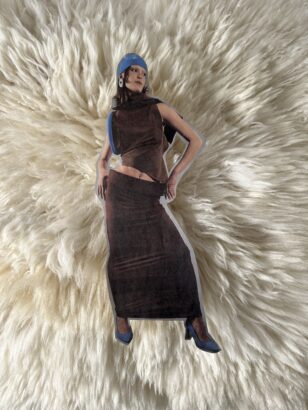
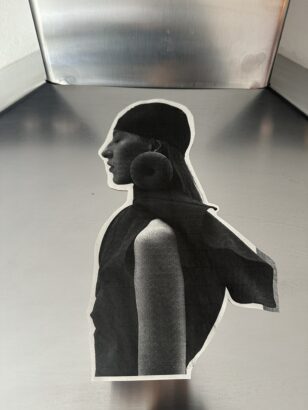
The Sarabande Foundation, arranged by the late Lee Alexander McQueen to encourage creative minds, helps support Dernbach. The London-based Foundation provides carefully-selected artists of a plethora of mediums with scholarships, studio space, and community-building events. “Being in this family of artists who love to challenge the norm expanded my own horizon and helped me push the limits of my creative practice,” he said.
“I believe that using technology in a way of enhancing your creativity or widening your horizon is great but I always wanted to bring it back to real life human craft.”
Dernbach is no stranger to collaborating with industry experts, too. From working in both the couture and ready-to-wear departments of Margiela, he learned invaluable lessons in the duality between creative expression and creating a desirable product. Today, Dernbach works as a designer at Phoebe Philo and hopes to continue working with inspiring industry professionals in the near future.
The future of fashion and technology is unpredictable, but innovative artists like Dernbach shed light on approaching technology from an angle of enthusiasm over doubt. For him, AI is a tool along the way, but not the creator. “I believe that using technology in a way of enhancing your creativity or widening your horizon is great but I always wanted to bring it back to real life human craft,” said Dernbach.




